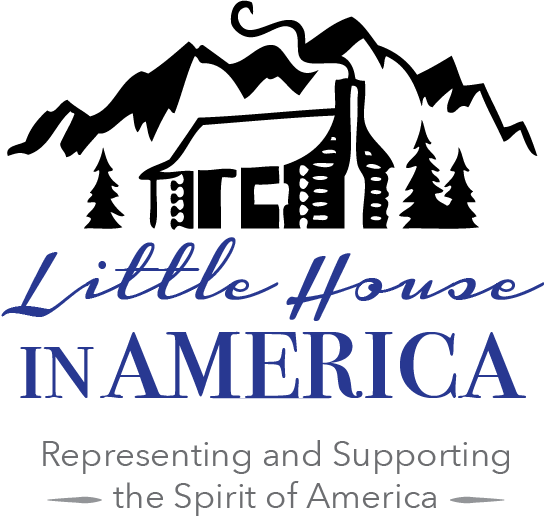Just recently, as the Easter Bunnies in our household were getting ready for Easter, our own little Cadbury egg in the form of a sweet, unassuming, five year-old daughter asked, “Is the Easter Bunny for real”?
“What do you think”?
“Mama! Of course the Easter Bunny is real!”
And so my heart fell and leaped within the same moment. Don’t parents prepare for the day their child comes home from school having heard an older kid ruin the surprise of Santa, the Easter Bunny, or the Tooth Fairy? However, at the same time we want them to believe, I’ll be the first to admit; the total and utter trust and belief my own children have in the existence of these magical, mythical beings has almost concerned me.
Come on, really. Can you picture the Easter Bunny laying pastel-colored jelly beans into hinged, plastic eggs and then hiding them not just in flower pots and patches of grass, but on top of the swingset? And the chocolate. Would you want to eat little, brown, chocolate pellets that have supposedly sprung from the Easter Bunny herself? No matter the story parents have devised to paint a more believable picture for their child, you would think that there is a little bit more critical thinking involved when it comes to matters of Santa and the Easter Bunny and the little fairy that covets their teeth. But there isn’t.
Just this Easter, our neighbor across the way (in plain sight of our little egg-hunters), was tossing plastic eggs into the flower beds of her yard and exclaimed to us “I hope I’m not too late!” My husband and I did what we could to distract our sugar-seeking toddlers, but realized shortly afterward that they were so happily unaware, even me pulling the $2.99 price-tag off of my son’s basket presented no doubts or questions in the way their perfect Easter story played out.
To try and understand my kids’ belief in things that seem so obviously unbelievable, I am brought back to my own experiences as a child. The things that stick out the most were the stocking-stuffers on Christmas morning: I remember getting sensible socks and toothpaste, and other useful things that seemed mostly to be in the taste in my mother and father. Did I put the pieces together back then, or did I just assume that Santa gave me the things my parents knew I needed and would want me to have?
And even with all of the presented clues, I am convinced that children fully exercise their right to suspend their disbelief in all things that are so magnificent and magical and beautiful. Besides, who wouldn’t want to believe in the existence of these Holiday icons when no matter how naughty or nice you have been (and let’s admit it), Santa delivers. Santa and the Easter Bunny seem to love us no matter our mistakes, intentional or not. Children seek to believe in the very things that define them, and we as adults, make a conscious choice for ourselves to hang onto the things that define our children: goodness, purity, and faith in the human spirit.
Even when presented with historical evidence that might discount Jesus Christ’s presence as he traveled from town to town making sermons in the marketplace and healing the wounded and sick; when faced with the impossible notion that He was laid in a tomb and came back to life, many of us still choose to believe in what seems realistically unworkable. We see the other side and yes, possess our doubts, but we have put our faith in what we cannot see. We choose to highlight the goodness and truth and beauty that Jesus represents. We are not all that different from our children whose belief in this same goodness and beauty surprises us sometimes.
There is no magic that matches a child’s belief in Santa or the Easter Bunny. At the same time, there is no magic that matches a grown-up child’s desire to hang onto that goodness. To strive for it and to emulate it, and to know that no matter our behavior and our expanded view of the world, Jesus will deliver.
We need Him to.
